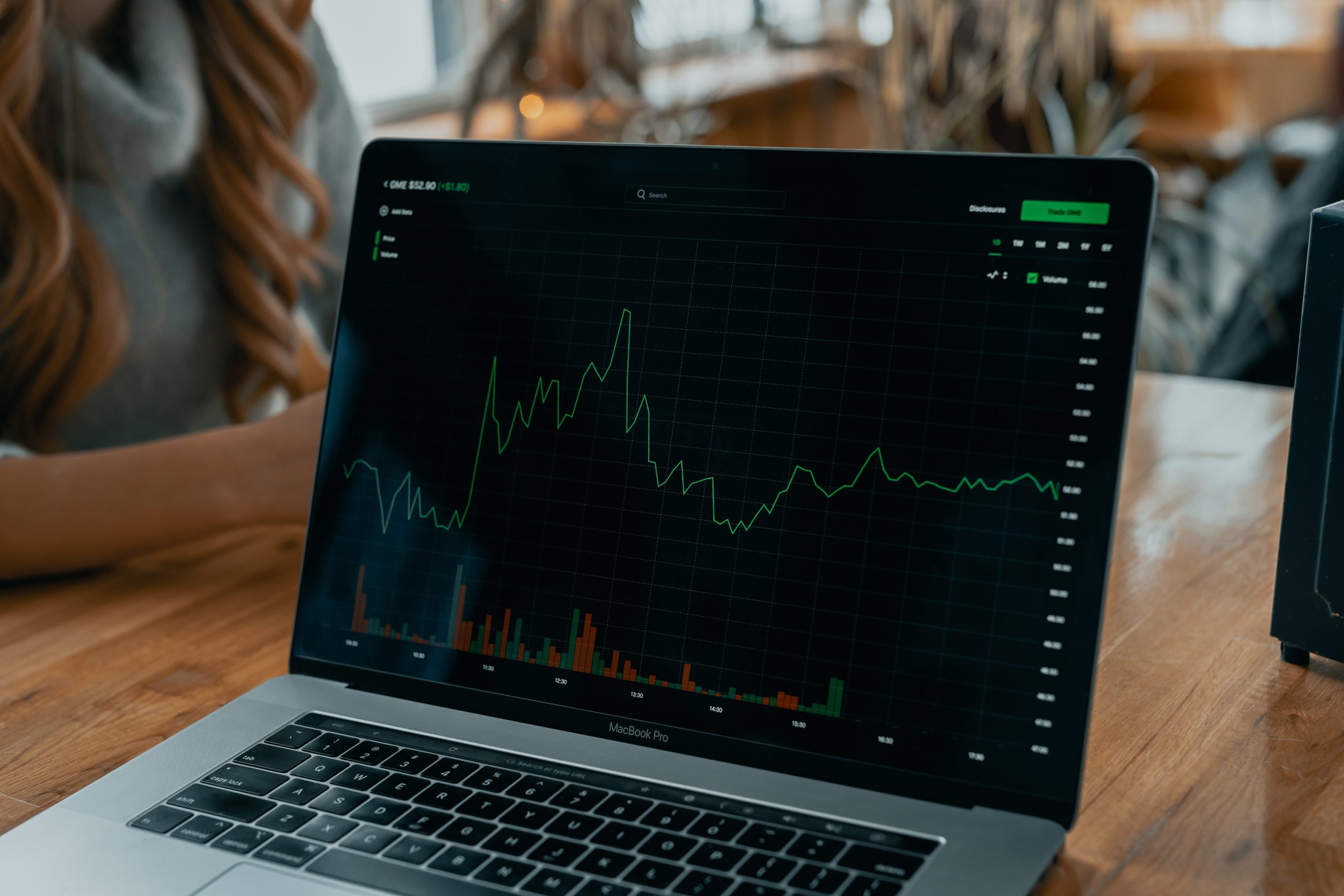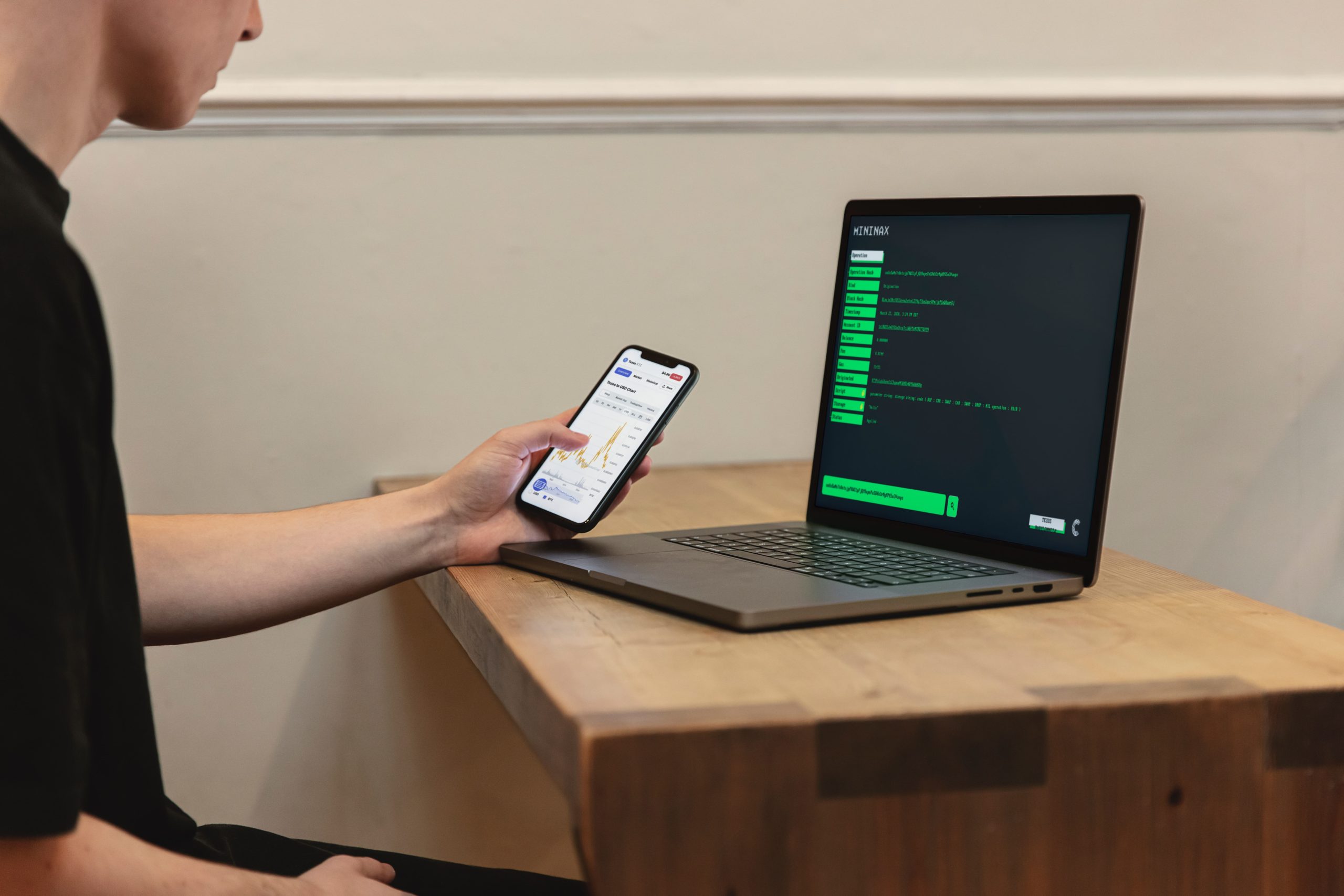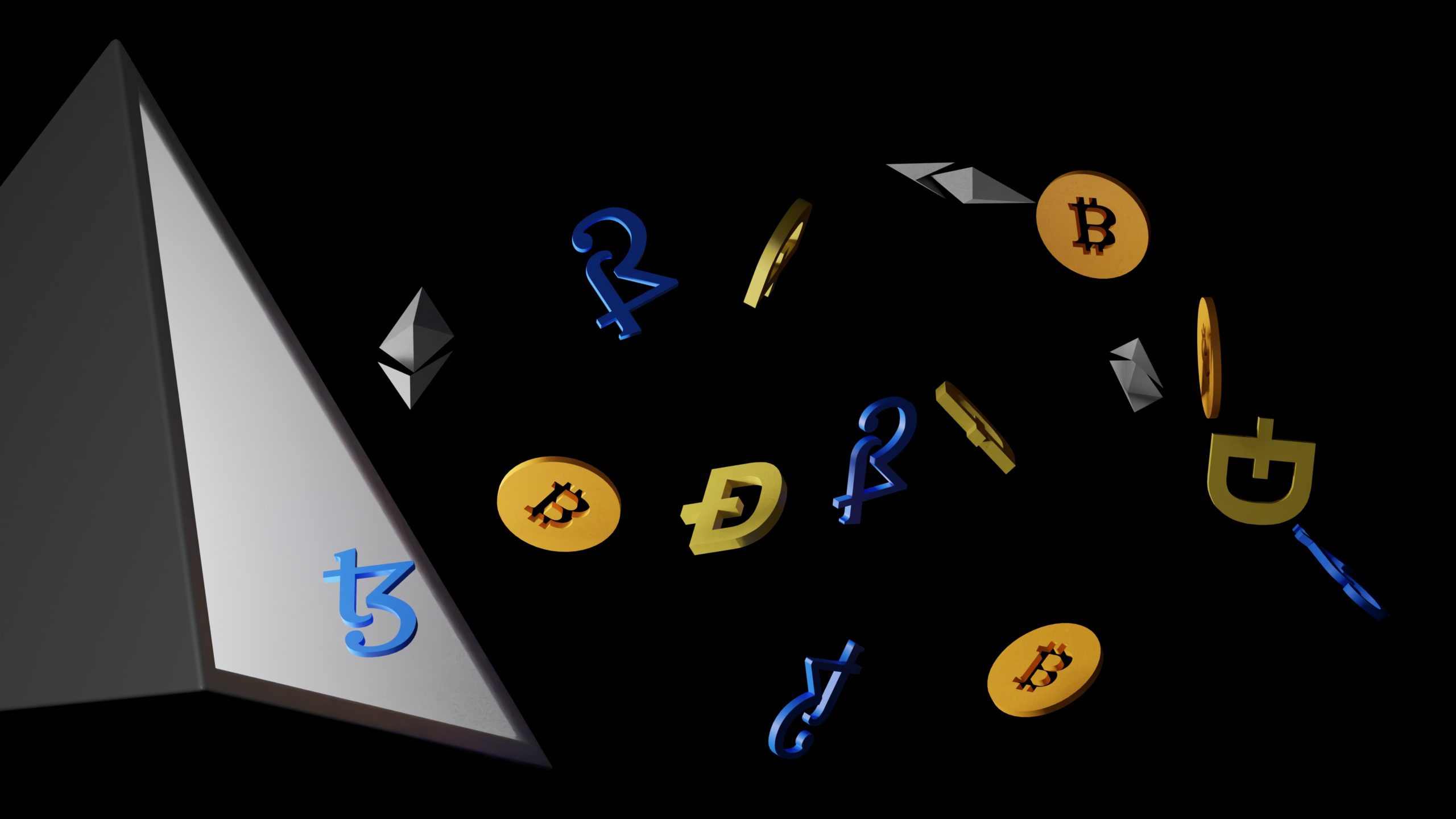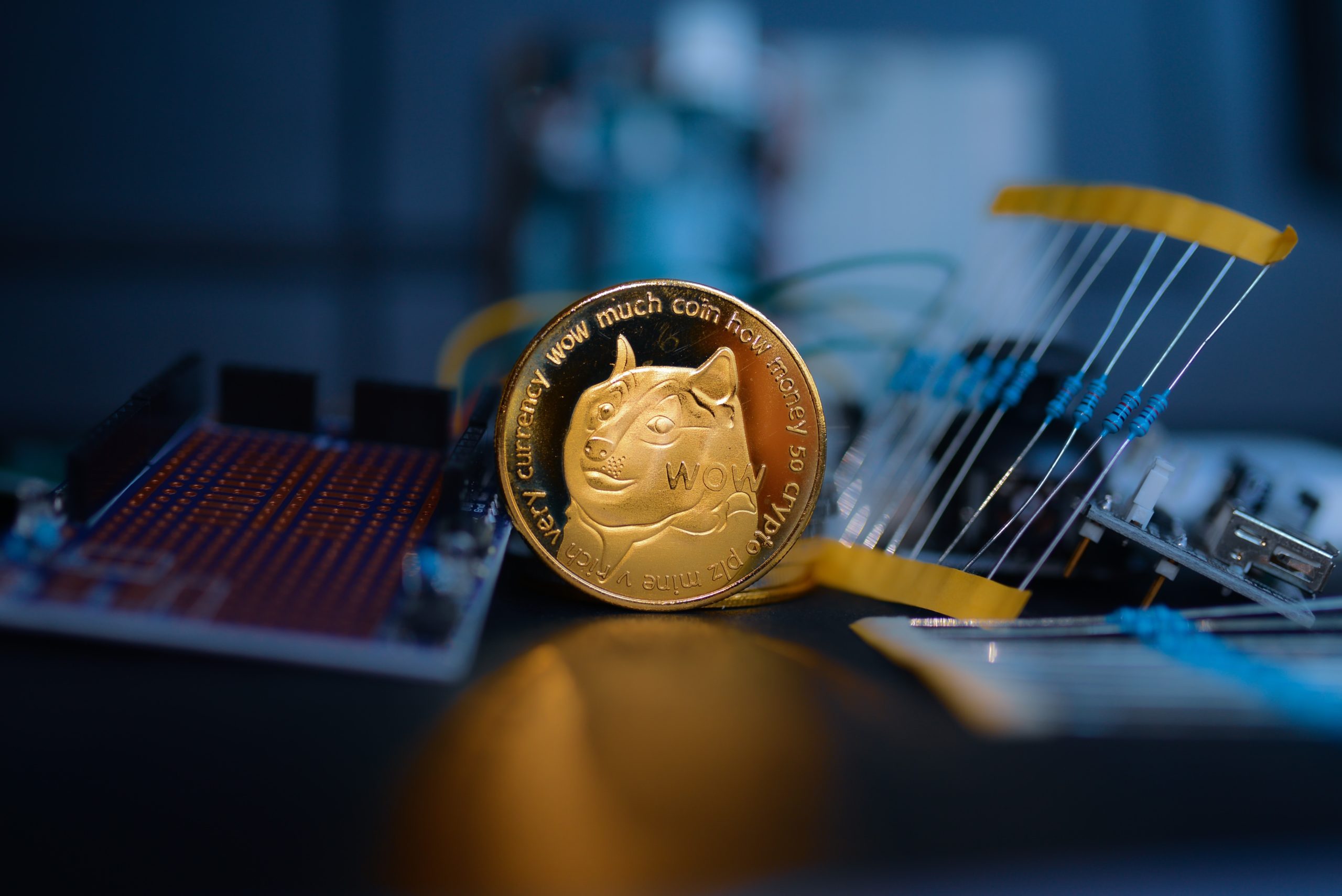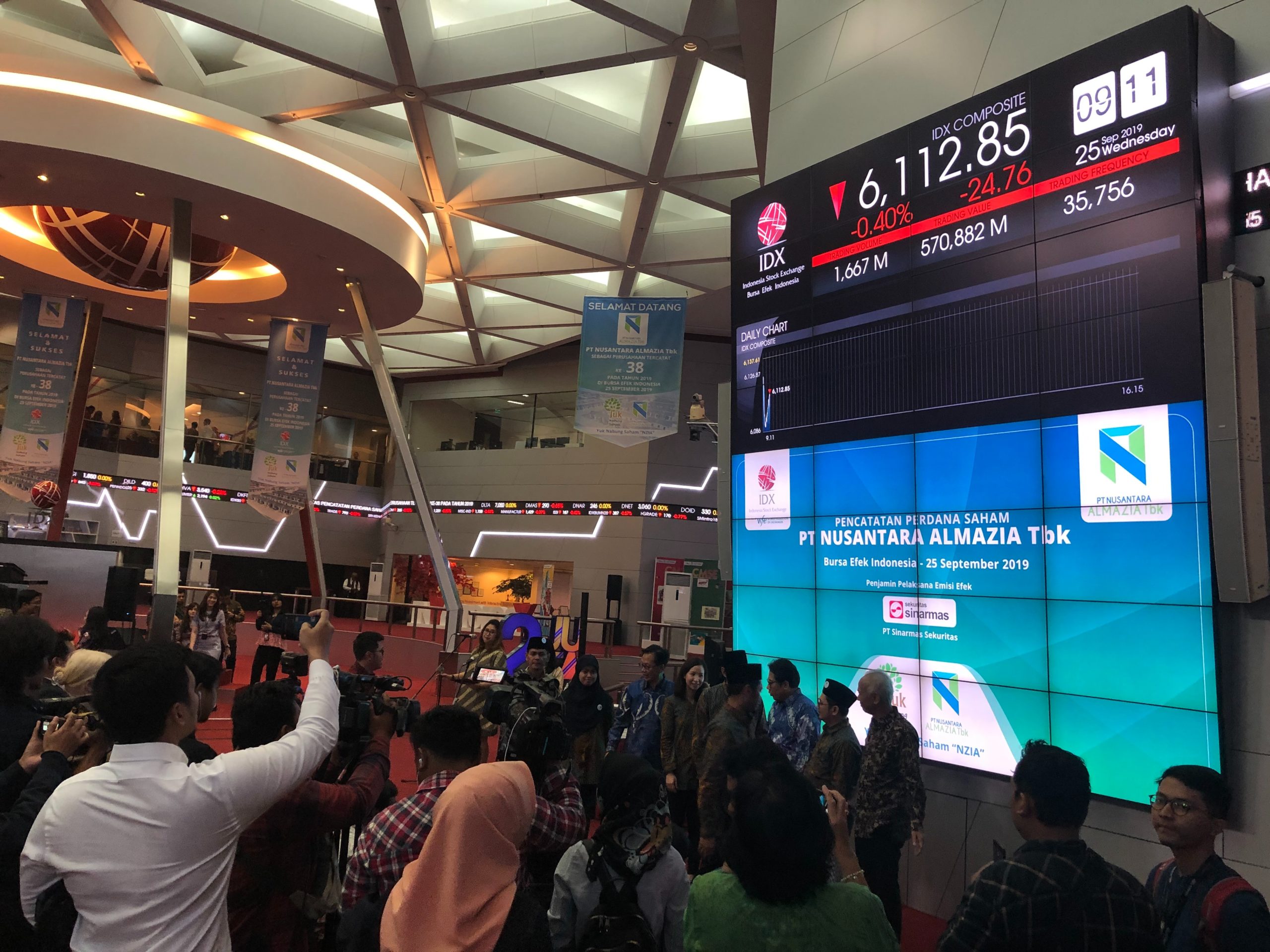In late 2020 and early 2021, when more individuals began to express interest in bitcoin, the volume of transactions changed substantially. Transaction fees are the money paid to Bitcoin’s miners to process transactions, and costs can rise as the number of users does: The blockchain effectively becomes backed up since there isn’t enough room for all the transactions to be processed. Therefore, rising transaction fees both indicate the volume of Bitcoin transactions that are awaiting processing and serve as a motivator for miners to complete particularly big transactions because they are more lucrative for them.
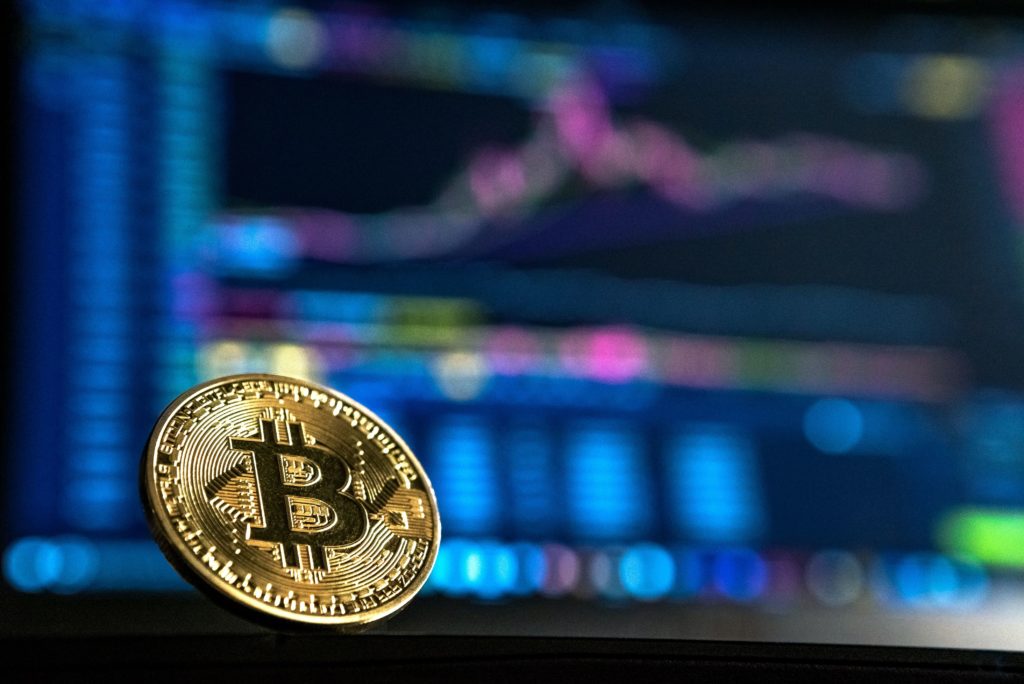
High Bitcoin transaction volume
Beginning in 2021, the volume of Bitcoins handled in a single day reached its peak. Beginning in 2021, as more individuals showed interest in the cryptocurrency, the volume of Bitcoins handled in a single day grew to its maximum level. In December 2020, there were about 330,000 daily bitcoin transactions; by early January 2021, there were about 400,000. This is more than other cryptocurrencies’ transaction activity at the same time but far less than Ethereum, its main rival: this exact coin would be handled more than 1.1 million times every day.
Purpose of the transaction fee
Bitcoin fees are an intriguing aspect of the network’s game theory and a crucial component without which the project’s financial viability is in doubt. When a transaction is submitted, miners request an arbitrary number of satoshis, or the one hundred millionths of a bitcoin, to include that specific transaction in the upcoming block. Participants in the Bitcoin network compete for block space in this way: miners set the minimum fee, and users decide when they want their transaction to get the first confirmation. Greater priority and a speedier certification are ensured by paying a larger charge. Any compensation a miner receives serves as a subsidy for operating expenses and an additional assurance of profitability. In the long run, fees also ensure increased network security for Bitcoin and the abolition of spam transactions.
Decentralized systems with free markets
This entire Bitcoin fee game theory is a stunning illustration of free markets in decentralized systems. The price to have a transaction included in the following block varies depending on supply and demand: sometimes you can get away with paying one satoshi per vbyte (so an average transaction will cost about 120 sats), and other times you will have to either let those who paid more take priority or pay more yourself. Others will be motivated to additionally catch a large number of tiny transactions as an application of economies of scale, but other miners will exclusively pick up high-fee transactions (a method that may be applied by huge mining pools). The hundreds of 1 sat/vbyte subsidies are available to miners, so they don’t have to wait for the few high fees.
Calculation of the transaction fee for bitcoin
Bitcoin transaction fees are fundamentally determined using a straightforward mathematical formula: you just subtract the amount that is received from the amount that is spent. Although it is possible to transmit a transaction with no fees attached, it is extremely improbable that miners will accept it. Therefore, rather than run the risk of never getting a confirmation, establish a minimum of 1 sat/vbyte and wait till the mempool clears.
Bitcoin Fees: A brief history and why they matter
In the beginning, Bitcoin included fees to stop spam transactions from entering the system and clogging the network. The 2002 edition of hashcash by Adam Back had a similar idea, which Satoshi Nakamoto adopted (which was also cited in the Bitcoin Whitepaper). The 0.01 BTC minimum transaction fee was set via a source code constraint that was noted by Bitcoin developer Gavin Andresen in July 2010. The cost of a transaction would be $100 at the estimated $10.000 market value of bitcoin today. However, it cost less than a few cents at the time. Since bitcoins were almost worthless at the time, the network mempool—the memory pool where unconfirmed transactions are stored until they are picked up by miners—needed not to get overwhelmed. The fees have grown as time has gone on and the value of BTC has climbed. Both the rising demand for block space (more transactions were being broadcast every day) and the BTC-to-dollar market price ratio itself was to blame for this phenomenon. When the price of bitcoin hit $10.000, 0.01 BTC suddenly signified a small fortune, and even 100 satoshis equaled one cent.
In other words, Bitcoin fees changed from being a way to stop transaction spam to being a crucial component of the profitability of mining. Additionally, fees will play a bigger role in the network’s economic game theory when mining incentives are cut in half every four years.

